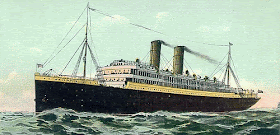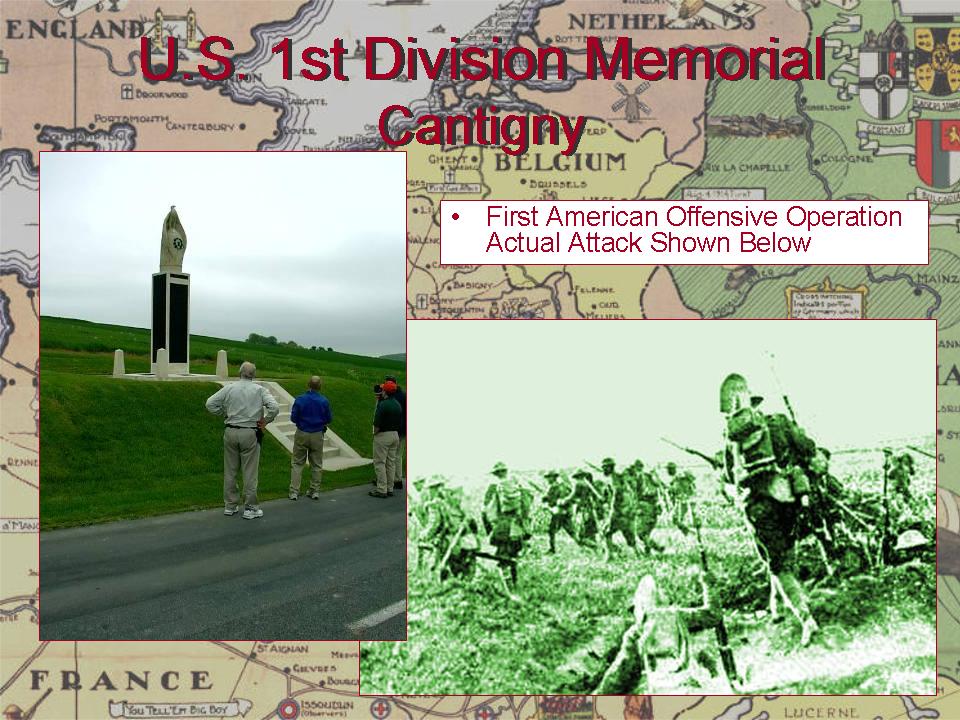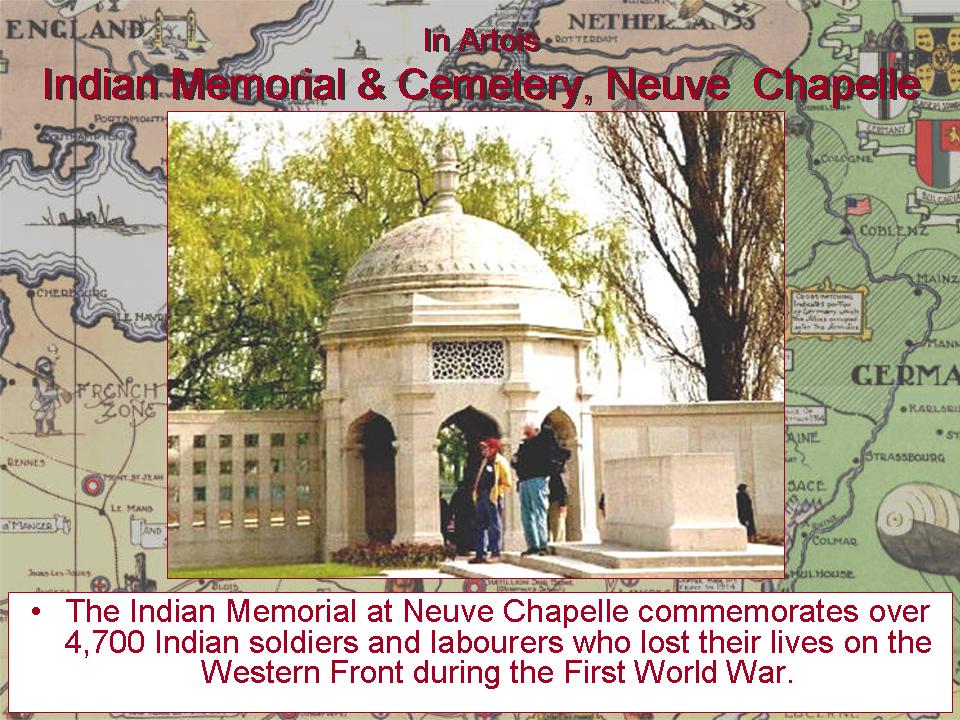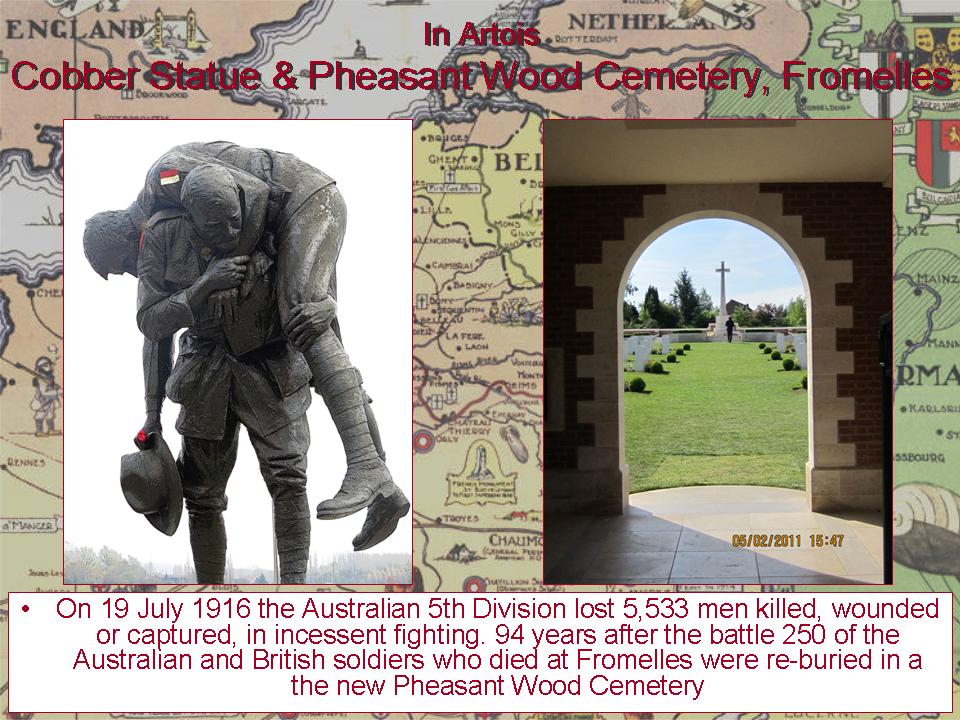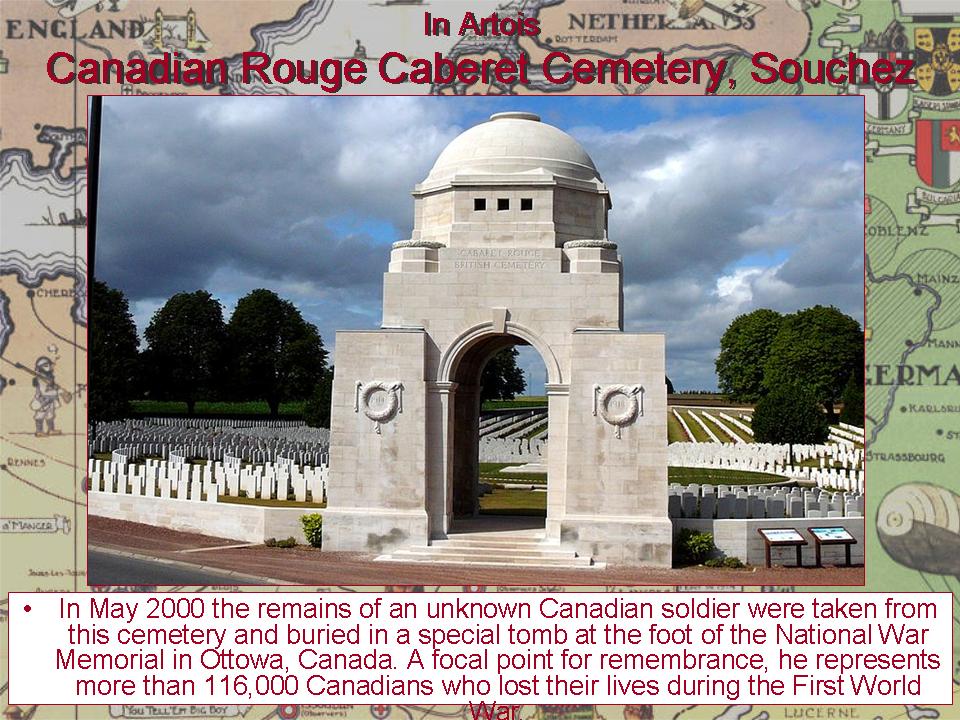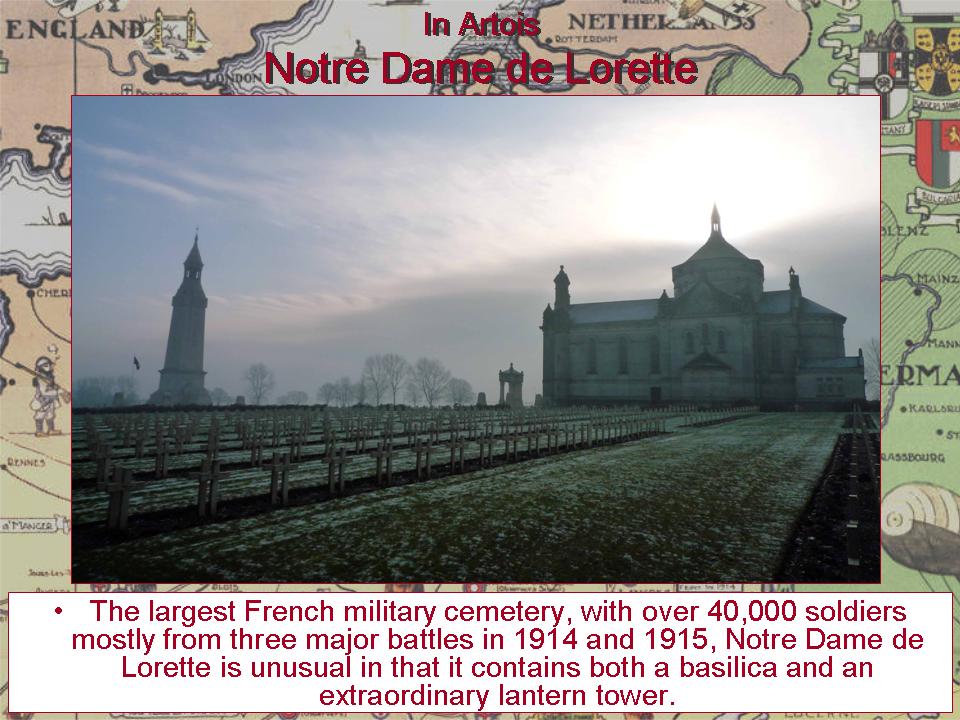On 30 May, after being released by General Pershing, the 2nd and 3rd Divisions of the AEF were ordered to report to the French 6th Army, which had fallen back to the vicinity of Château-Thierry ,where the German penetration had reached its deepest point in France. There was apprehension of the Germans crossing the Marne, at least in sufficient force to seize a bridgehead available for later renewed attacks. It was the 3rd Division that was given the job of defending the Marne river line at Château-Thierry.
The division's infantry entrained to go by railroad, a procedure which, because of the demoralization of the French railway service by the German advance, was certain to require several days. One unit of the division, however, was ready to make its own way to the Marne. This was the 7th Machine Gun Battalion, which was equipped with its own motor transport.
The battalion left Laferté-sur-Aube at 2:55 p.m., 30 May. After a 24-hour forced drive, the battalion reported to the French commander at 2:00 p.m. on 31 May and was ordered to proceed at once to Château-Thierry to aid in the defense of the Marne bridges there. Breakdowns and lack of gasoline had delayed some of the cars, but there were 17 machine gun squads present [to continue on].
Arriving at Château-Thierry close to 6:00 p.m., a reconnaissance determined that the 10th French Colonial Division was in contact with the German advance at the northern edge of the city. [Château-Thierry straddles both the northern – its larger section – and southern sides of the Marne.] The battalion set up its guns on the south bank where its fire could defend the approaches to the bridges and in addition could command much of the city on the north side of the Marne.
When darkness fell that night one section of Company A, under 1st Lt. J.T. Bissell, was sent across the west bridge to take up an outpost position on the north bank. He was to fight a delaying action if attacked, to keep the main line of the battalion notified of developments, and to fall back to the sought bank if attacked in force.
The Germans pounded the south bank that night with a bombardment so severe that in spite of the extended fashion in which the battalion was posted, 14 of its personnel were wounded before morning. In spite of the deterrent effect of the bombardment, by 4:00 a.m. the battalion had 17 guns in position and firing. Belated squads, which had been delayed on the road, arrived from time to time, and these were held in reserve.
During the day of 1 June the Germans pressed their advance vigorously. To the northwest they drove the French into Belleau Wood, and to the west they took [the village of] Vaux and Hill 204, towering above the surrounding terrain, and thus completely isolated Château-Thierry. They failed, however, to penetrate into the city in force, and much of this failure may be ascribed to the machine gun barrage maintained by the 7th Battalion, which had so set up its guns to command most of the streets in the city on the north bank.
The Germans attempted without success to mask their advance by the use of smoke bombs. In addition, they bombarded the battalion's gun positions but failed to reduce the volume of firing.
After darkness fell the night of the 1st, the Germans began to filter into the city in force. Toward 1:00 a.m., 2 June, Lt. Bissell's outpost party was pushed back by the weight of this advance. Thereupon he led his party toward the west bridge with the intention of crossing to join the rest of the battalion on the south bank.
The German infiltration, however, had come from the northwest and before Bissell's detachment reached the north end of the west bridge, the bridge was occupied in force by Germans. They turned a fierce machine gun fire on the approaching Americans, scattering the detachment.
Bissell then made his way toward the east bridge accompanied by a few American soldiers and a group of Poilus. They found it impossible to approach of the constant fire directed upon its approaches by the Americans on the south bank. After giving up an attempt to swim the river, Bissell ventured into the field of fire and shouted to the Americans on the south bank until they recognized his voice. As a result of his courage, fire was halted long enough for him and his followers to get across to the south bank.
Unfortunately, during the confusion of the last hectic few minutes of his adventures, Bissell had been informed by a French officer that the west bridge, which he knew was held by Germans, had been crossed successfully by [the enemy]. When Bissell imparted this startling information to the American officer in charge of the defense around the east bridge, the latter ordered a retreat in order to save his detachment from capture. The peculiar error was discovered before it caused any damage, and the Americans returned to the south bank posts they had been holding so effectively.
As a matter of fact, the French had managed to blow up the west bridge before the Germans had crossed it. [Some eyewitnesses reported] a number of Germans about to cross were caught by the explosion and their bodies hurled far into the air and out over the river. At any rate, no German that night or later crossed the Marne into the southern part of Château-Thierry.
Meanwhile, the main body of the 3rd Division, moving more slowly by railroad and later by marching, approached the area with orders to prevent the Germans from crossing the river between Château-Thierry and Dormans [to the east]. The infantry, without artillery or engineers, reached the scene on 3 June. The regiments passed to the control of the French and were assigned defensive positions on the south bank of the Marne.
[By preempting other possibilities for their adversaries advancing south, the 3rd Division had fulfilled its mission, which was to prevent the Germans from crossing the Marne at Château-Thierry.] During June, the scattered elements of the 3rd Division were put to a variety of uses. On 7 and 8 June, the 30th Infantry [long associated with San Francisco's Presidio] assisted the French in their assault on Hill 204. Between 15 and 22 June, the 7th Infantry relieved the Marines in Belleau Wood. The Doughboys also participated in night raids to capture German prisoners for interrogation. Other elements of the division were constantly and somewhat aimlessly shifted around along the south bank of the Marne.
[But] by patiently exerted pressure on the French corps command[er], Major General Dickman commanding the division, at length drew his scattered units together, so that in July it presented a unified front to the enemy along the south bank of the Marne east of Château-Thierry. It was there to play one of the greatest roles falling to an American division during the war.
Sources: 3rd Division ABMC History; Doughboy Center Website








